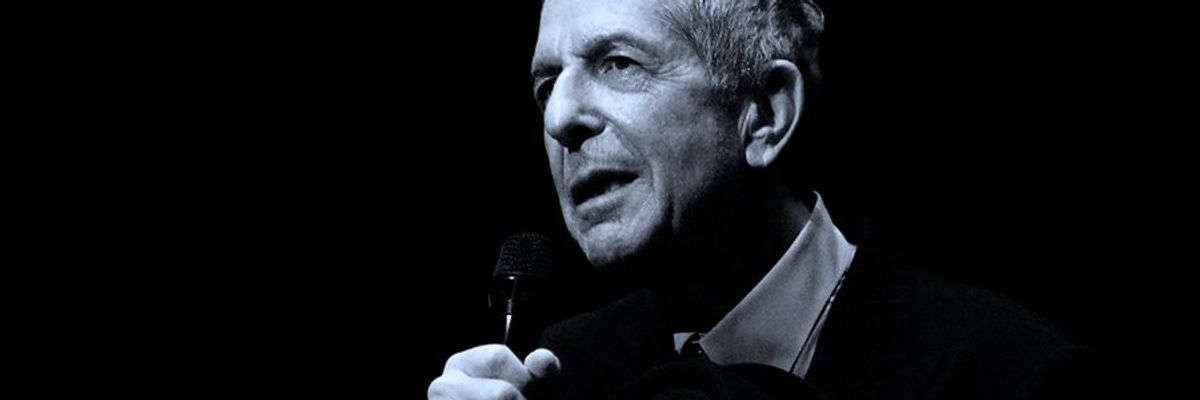If you’ve never heard of Josh Harris, the Internet pioneer whose brazen empire-building and lavishly constructed social experiments inspired Ondi Timoner’s new documentary We Live in Public, you’re not alone. Neither had MySpace founder Chris DeWolfe, until Harris arrived at the website’s corporate headquarters years after his withdrawal from public life to pitch his latest project, a web-casting network already boasting thousands of users.
That, perhaps, is the most striking irony of his story – that the man whose reckless exhibitionism made him an online celebrity has been largely forgotten, except by the people who knew him.
But then, who really did? Not his distant mother, who told him to fend for himself as a child. (He did, by making the cast of Gilligan’s Island his virtual family.) Not his onetime girlfriend, Tanya Corrin, who agreed to share every moment of their relationship with millions of online strangers before calling it quits. (Harris dismissed her later as a “pseudo girlfriend.”)
Is Harris crazy? Maladjusted? A misunderstood genius? He is, in fact, all of these things, though Timoner (2004’s Dig!) can only hazard educated guesses about his motives. During the 1990s, he became a dot-com millionaire in New York, where he threw decadent parties in hopes of networking with young, hungry artistic types, and created a short-lived sensation with Pseudo.com, an early precursor of YouTube.
Harris understood, long before his competitors caught on, that live transmissions of reality-based programming represented the future of the Internet – at one point, during an interview with 60 Minutes correspondent Bob Simon, he all but declared war on the major networks, vowing to put CBS out of business. Harris was ahead of the curve, and premature in his eagerness to read the small-screen giants their last rites. But his vision was true.
He would tire of Pseudo, sell his stock options for $80 million and move on to a new project: “Quiet,” an underground hotel (modeled on an 18th-century prison) in which Harris’s handpicked guests lived for free, with food, booze and a bunker of firearms, so long as they signed away the rights to their images. Harris, monitoring them like so many lab rats and taping every meal, shower and bowel movement, seemed to enjoy the chaos his experiment bred as his subjects, over the course of a month, grew dangerously restless.
What did Harris hope to accomplish? Even now, residents of his subterranean shut-in community can’t be sure, but Timoner arrives at a plausible conclusion: that Harris, a control freak with money to burn, wanted to see how far he could push his subjects before their need for privacy eclipsed their desire to star in his private movies.
That Harris then turned the cameras on himself and Corrin, who broadcast themselves even in their most exposed states, speaks not only to his appetite for attention but also to his shortsightedness. As Harris puts it, he became the rat in his own experiment. But unlike his hotel guests, who were forbidden to leave lest they lose their reservations, Harris never seemed to acknowledge that his fishbowl-like existence was entirely self-imposed.
Alienated from each other but finding solace in online chats with the voyeurs remotely observing their lives, Harris and Corrin eventually split, a result Harris now calls inevitable. He’s probably right, but was that always a part of his master plan, or was he too in love with his own self-described artistry to understand its devastating consequences?
Today, after an abbreviated stint as an apple farmer in upstate New York, Harris maintains a low profile, having poured all his money into failed dot-com ventures and his so-called art projects. He values his privacy, and guards it fiercely. He lives in Ethiopia, far from his American creditors, and claims to love it there. Yet as Timoner astutely observes, Harris is given to fleeting obsessions – every project and personal reinvention is a phase. We suspect, as do his peers, that he will return someday soon with another groundbreaking scheme.
It becomes clear, watching We Live in Public, that such a comeback is well within his grasp. Harris has been called a prophet, and considering his remarkable understanding of the Internet – what it’s capable of, and where it’s going – the label fits. But Harris, who grew up identifying more with the fictional Gilligan than wit his parents or siblings, lacks a commensurate understanding of people, including himself.
Is he delusional? Public acknowledges the possibility, but Harris, who narrates portions of the film himself, never addresses it. Perhaps Timoner should have forced the issue, but her documentary, a comprehensive, thought-provoking portrait of an emotionally stunted genius, gives us enough information to draw our own conclusions. We’re left to ponder what might have been, had Harris not indulged his self-destructive passion for the spotlight, and what might still be, if and when he comes in from the African heat.
EXTRAS: Available on DVD, Video On Demand, Itunes and Netflix, Public features a standard making-of featurette, two behind-the-scenes shorts about his infamous belowground bunker, and commentary by Timoner. The real gem, however, is Harris’ own commentary track, a fascinating addition in which he passionately defends his vision and slams his competition.
***

Valentine's Day
Valentine’s Day is as much about director Garry Marshall’s love of Los Angeles as it is about the popular pagan-inspired holiday. And give the man credit – he’s nothing if not thorough in showing it. Here, he has gone out of his way to make room for a cattle call of Hollywood stars in a fairy tale that makes a passing pretense of cynicism before giving most of its luminous cast their happily-ever-afters.
Attempting to follow the plot trail in this dizzyingly labyrinthine production isn’t easy. Characters, some of whom seem to exist solely to justify tossing more stars in the mix – none more so than a perky pair of love-struck teens played by Taylor Lautner and Taylor Swift – drift in and out of the story with such frequency it’s hard to keep up.
The movie is commendable for its ambition. It has been popularly branded the American Love, Actually, and the similarities are obvious. Both feature all-star casts fleshing out indulgently paced, saccharine love stories. Yet Valentine’s Day is the less cloying of the two, and the less predictable. It also boasts some of the oddest cameos you’re likely to find, including a truly head-scratching turn by an uncredited Joe Mantegna.
Two things it doesn’t have are the talents of Love co-stars Colin Firth and Bill Nighy to round out a cast including Julia Roberts, Bradley Cooper, Anne Hathaway, Jamie Foxx, and Jennifer Garner. But the last thing Marshall needs is more stars. In this case, a little less wattage might have made Valentine’s Day a bit easier on the brain if not on the eyes.
Like most Warner Brothers titles, the movie's EXTRAS – including a blooper reel, a music video by Jewel, and Marshall's good-humored commentary – are reserved for Blu-ray owners.




















